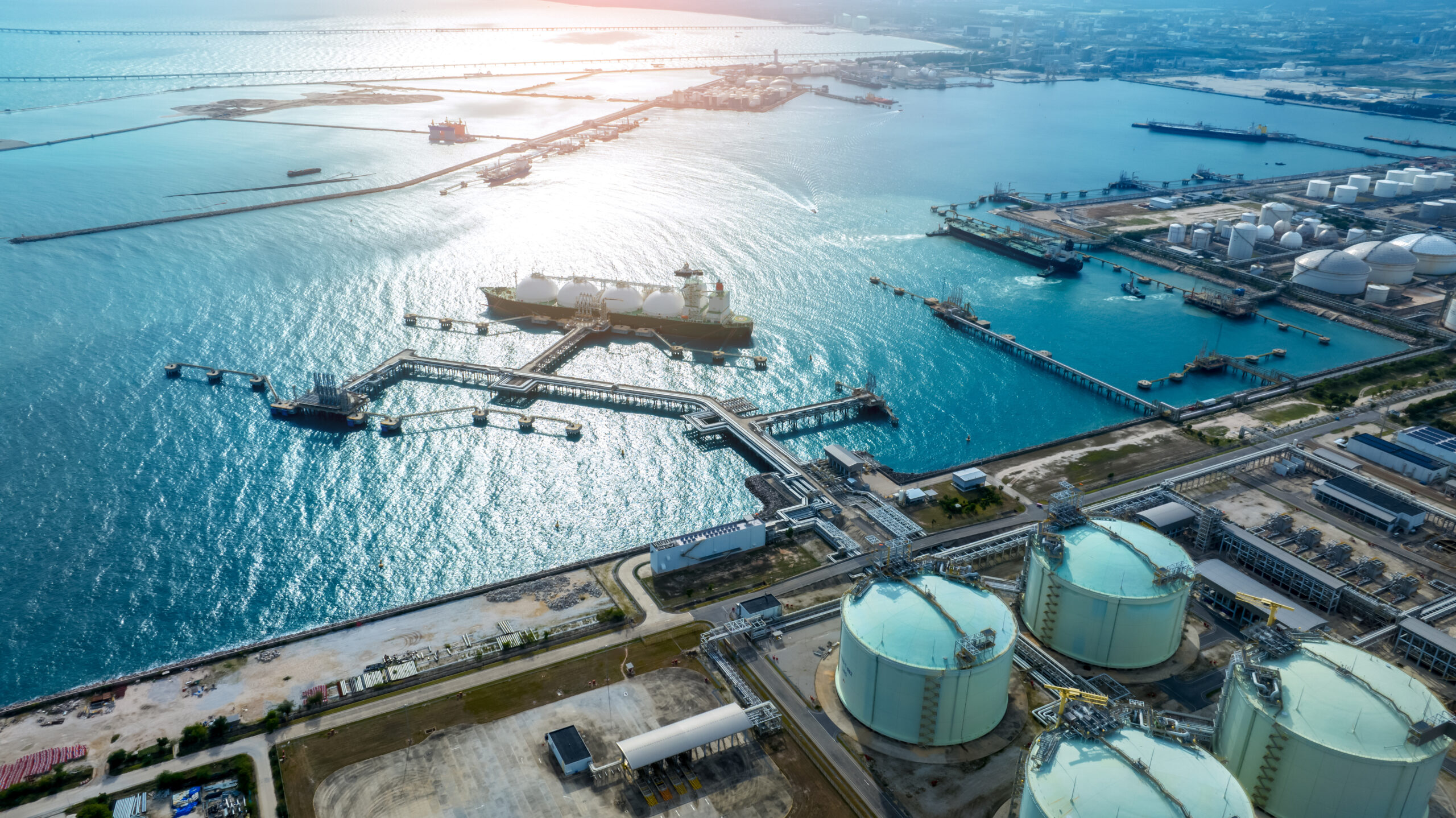
Breakthrough safety technology of explosion free in fire self-venting (TPRD-less) tanks: The concept and validation of the microleaks-no-burst technology for carbon-carbon and carbon-glass double-composite wall hydrogen storage systems
“Abstract
The paper describes the breakthrough microleaks-no-burst (μLNB) safety technology of explosion free in fire self-venting hydrogen tanks that do not require thermally-activate pressure relief devices (TPRD). The technology implies melting of the hydrogen-tight liner before hydrogen-leaky double-composite wall loses its load-bearing ability. Hydrogen then flows through the wall’s microchannels and either burns in microflames on its own or together with resin. The experimental validation of the technology is presented for 7 prototypes with the nominal working pressure of 70 MPa made of carbon-carbon or carbon-glass composites. The prototypes are fire tested at the specific heat release rate HRR/A = 1 MW/m2 characteristic for gasoline/diesel spill fires. The μLNB technology eliminates catastrophic consequences of tank rupture in fire: blast waves, fireballs, and projectiles. The technology limits hydrogen accumulation in naturally ventilated enclosures. It reduces the risk of hydrogen-powered vehicles to an acceptable level below that for fossil fuel automobiles, including underground parking and tunnels. It provides an unprecedented level of life safety and property protection.”
Molkov V, Kashkarov S, Makarov D. Breakthrough safety technology of explosion free in fire self-venting (TPRD-less) tanks: The concept and validation of the microleaks-no-burst technology for carbon-carbon and carbon-glass double-composite wall hydrogen storage systems. International Journal of Hydrogen Energy, Volume 48, Issue 86, 22 October 2023, Pages 33774-33785.
The full publication is accessible via: https://www.sciencedirect.com/science/article/pii/S0360319923024448